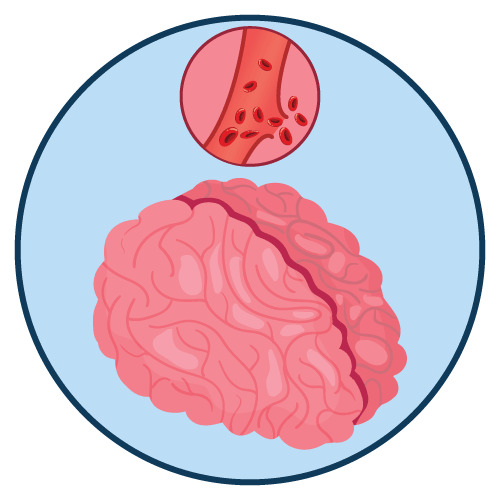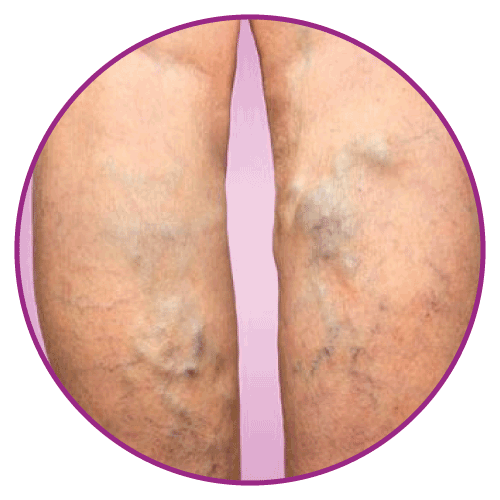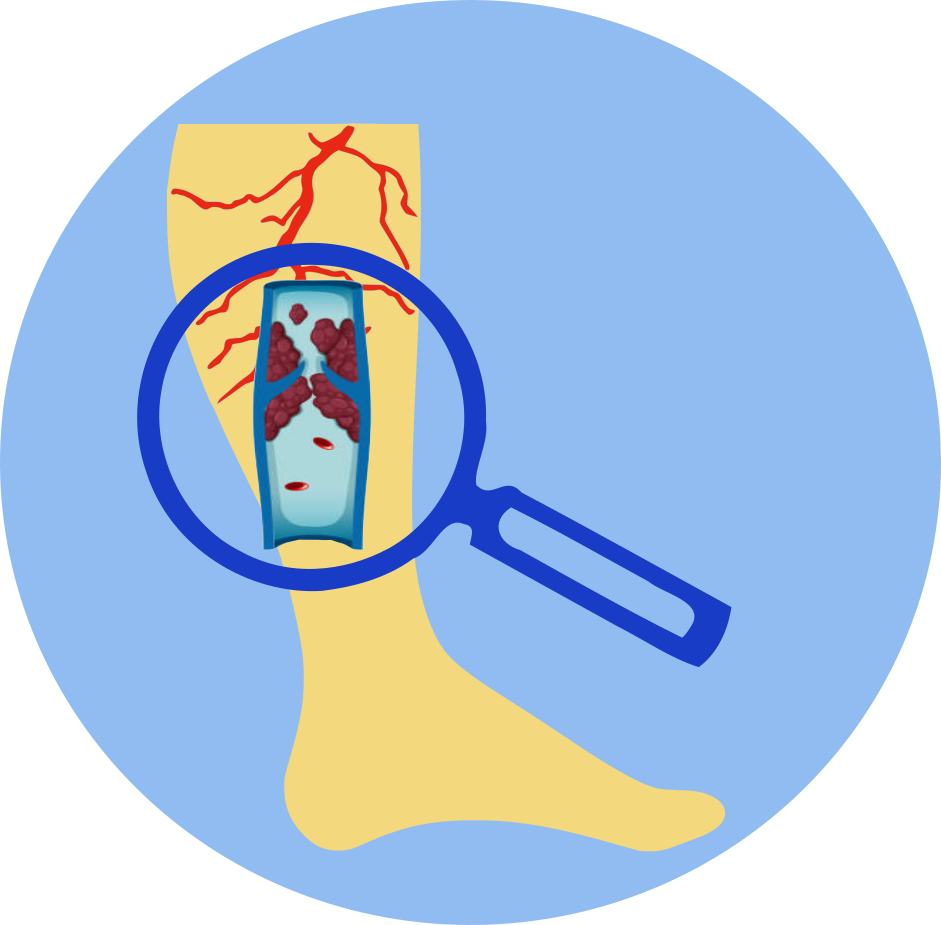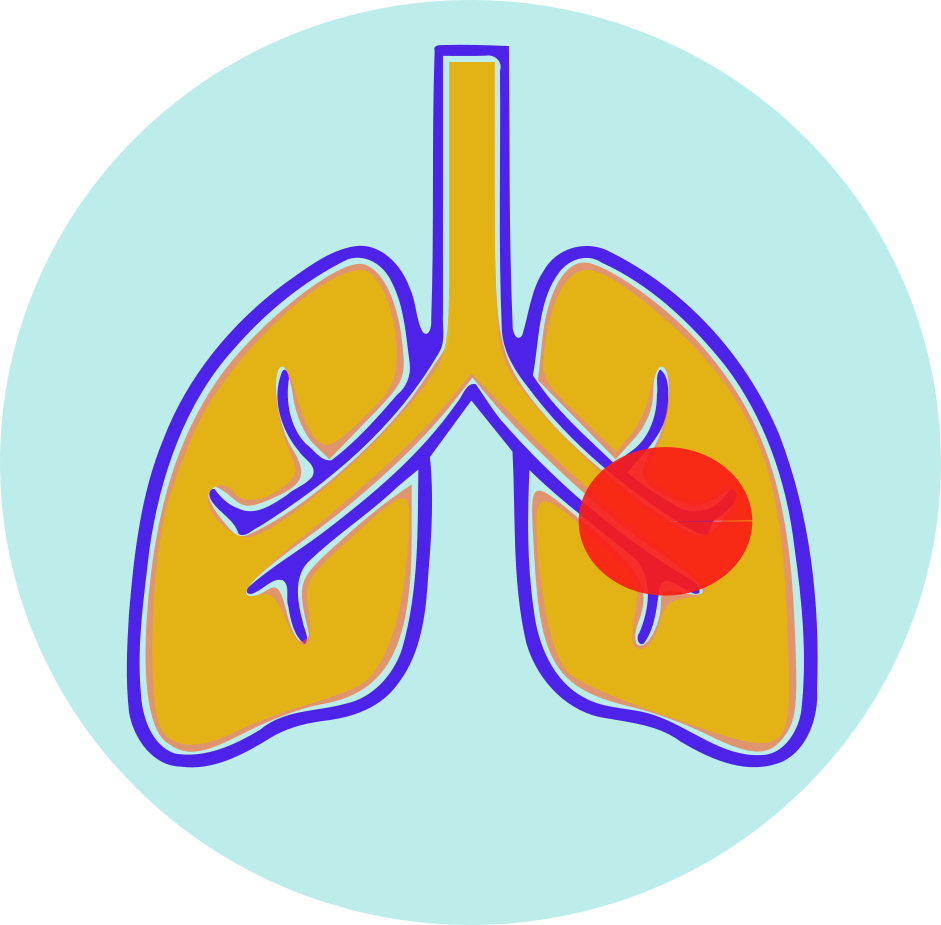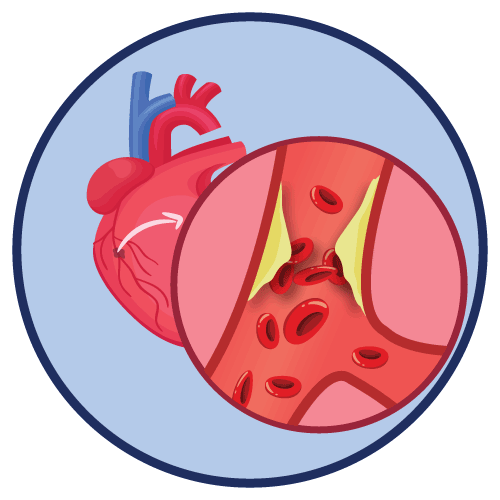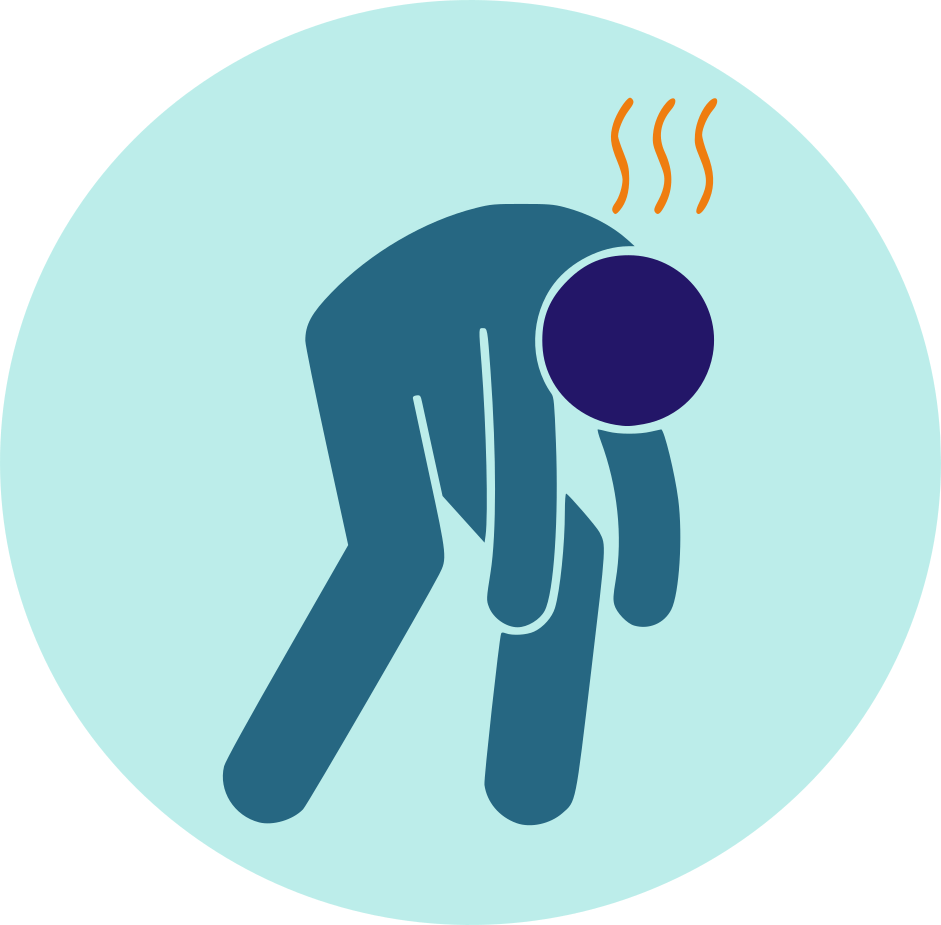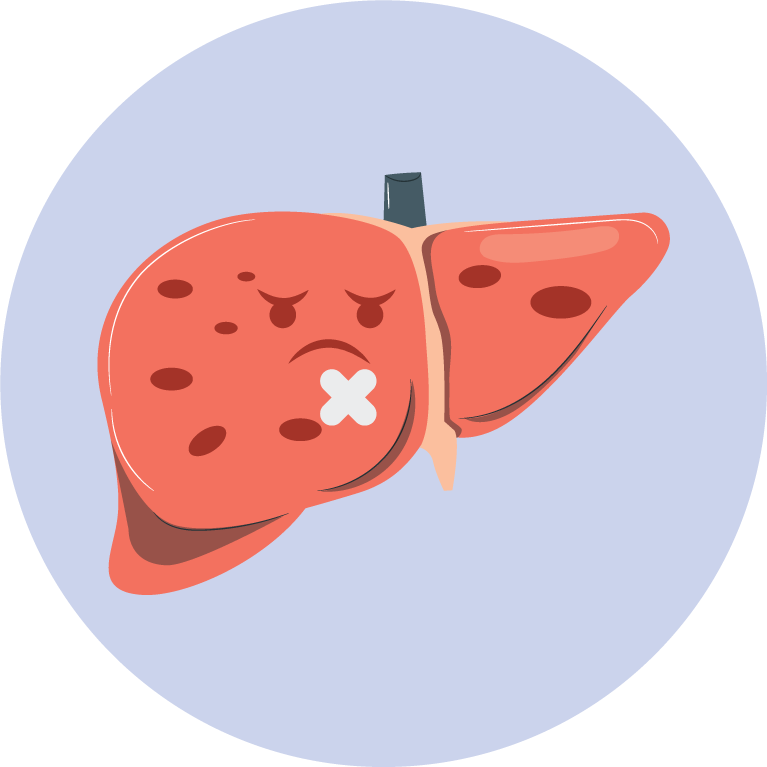| Name | Rivaroxaban |
| Classes |
Anticoagulant Coagulation Modifier Haematological Agent |
| Diseases |
Blood Disorder Deep Vein Thrombosis (DVT) Pulmonary Embolism Stroke |
Rivaroxaban
Rivaroxaban is a selective inhibitor of Factor Xa, a coagulation factor that plays a critical role in the blood clotting process. It belongs to the class of anticoagulant drugs known as direct oral anticoagulants (DOACs).
Rivaroxaban is indicated for the following uses:
- To reduce risk of stroke and systemic embolism in nonvalvular atrial fibrillation
- For treatment of deep vein thrombosis (DVT)
- For treatment of pulmonary embolism (PE)
- For reduction in the risk of recurrence of DVT or PE
- For prophylaxis of DVT, which may lead to PE in patients undergoing knee or hip replacement surgery
- For prophylaxis of venous thromboembolism (VTE) in acutely ill medical patients
- To reduce the risk of major cardiovascular events in patients with coronary artery disease (CAD)
- To reduce the risk of major thrombotic vascular events in patients with peripheral artery disease (PAD), including patients after recent lower extremity revascularization due to symptomatic PAD
- For treatment of VTE and reduction in the risk of recurrent VTE in pediatric patients from birth to less than 18 years
- For thromboprophylaxis in pediatric patients 2 years and older with congenital heart disease after the Fontan procedure
- Nonvalvular Atrial Fibrillation: 15 or 20 mg, once daily with food
- Treatment of DVT and/or PE: 15 mg orally twice daily with food for the first 21 days followed by 20 mg orally once daily with food for the remaining treatment
- Reduction in the Risk of Recurrence of DVT and/or PE in patients at continued risk for DVT and/or PE: 10 mg once daily with or without food, after at least 6 months of standard anticoagulant treatment
- Prophylaxis of DVT Following Hip or Knee Replacement Surgery: 10 mg orally once daily with or without food
- Prophylaxis of VTE in Acutely Ill Medical Patients at Risk for Thromboembolic Complications Not at High Risk of Bleeding: 10 mg once daily, with or without food, in hospital and after hospital discharge for a total recommended duration of 31 to 39 days
- CAD or PAD: 2.5 mg orally twice daily with or without food, in combination with aspirin (75-100 mg) once daily
- Pediatric Patients: See dosing recommendations in the Full Prescribing Information
- Risk of bleeding: Rivaroxaban can cause serious and fatal bleeding. An agent to reverse the activity of rivaroxaban is available.
- Pregnancy-related hemorrhage: Use Rivaroxaban with caution in pregnant women due to the potential for obstetric hemorrhage and/or emergent delivery.
- Prosthetic heart valves: Rivaroxaban use not recommended.
- Increased Risk of Thrombosis in Patients with Triple Positive Antiphospholipid Syndrome: Rivaroxaban use not recommended.
Contraindication
Rivaroxaban is contraindicated in hypersensitivity to Rivaroxaban or any of its components.
None known.
Rivaroxaban is contraindicated in the following conditions:
- Active pathological bleeding
- Severe liver impairment
 Bangla
Bangla English
English